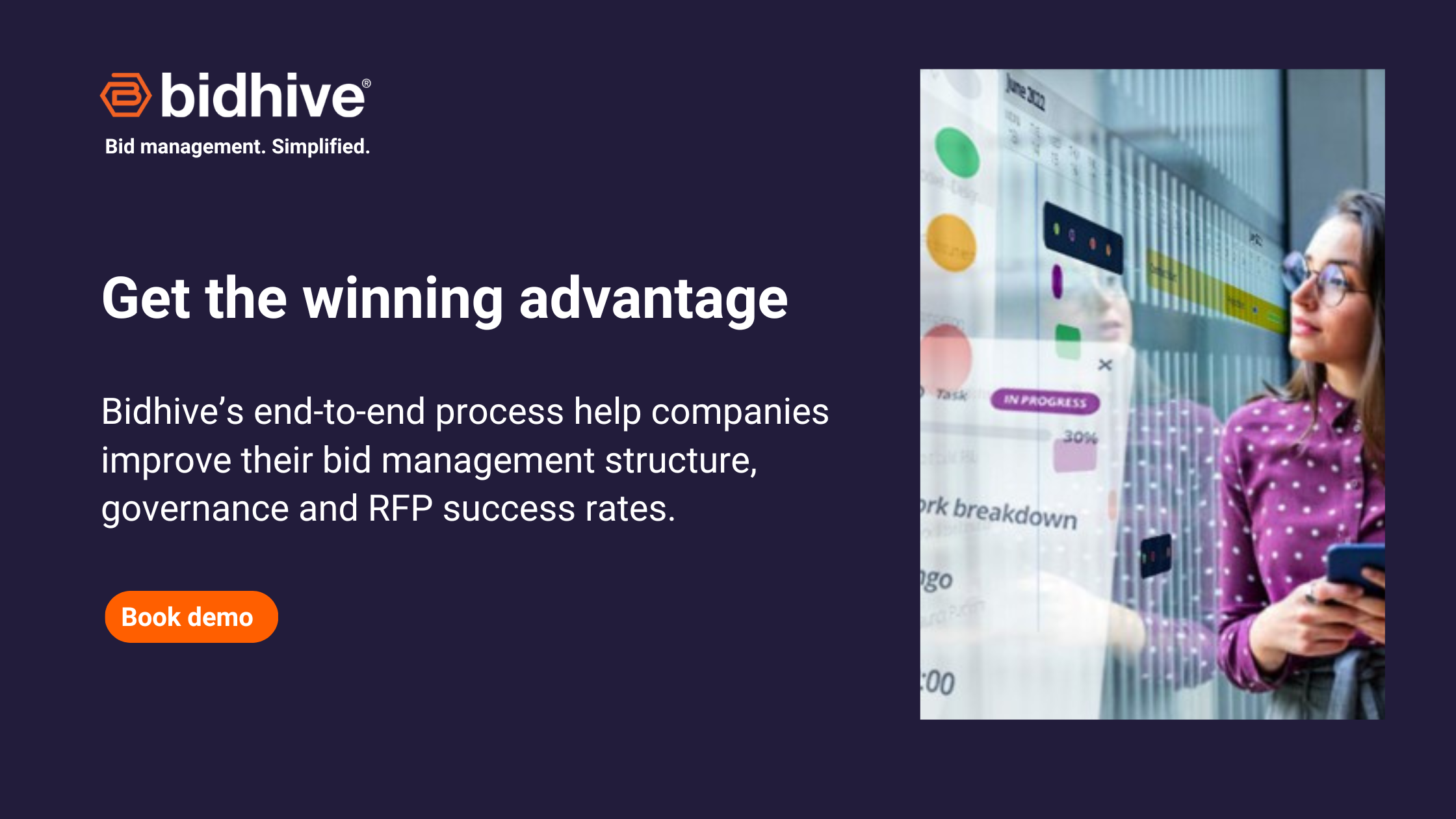If you’re in the business of crafting proposals, you know that measuring their success isn’t always straightforward. The ability to craft winning proposals requires more than just persuasive language and compelling arguments. Understanding the impact and effectiveness of your proposals is crucial to improving your win rates and driving business growth. This is where metrics cand Key Performance Indicators (KPIs) come into play.
Metrics vs KPIs
Metrics are quantifiable measures that are used to track and assess the status of a specific process. They can be used in any business area, such as sales, marketing, finance, production, etc., and they provide a data-driven snapshot of performance in a particular area.
KPIs on the other hand, are a subset of metrics that focus specifically on critical areas of performance that directly impact an organisation’s strategic goals and objectives. In simple terms, all KPIs are metrics, but not all metrics are KPIs. KPIs are the most important metrics that provide a clear indicator of performance towards key business objectives.
Metrics carry several benefits:
1. Performance assessment: Metrics offer a clear and quantifiable measure of how a company is performing in its bid processes. They provide an objective basis for assessing the effectiveness of proposal strategies and tactics.
2. Process improvement: By tracking metrics, companies can identify areas of strength and weakness in their bid processes. This can guide them in making necessary improvements, such as enhancing proposal quality, refining bid strategies, or improving project management.
3. Decision Making: Metrics can inform strategic decisions, such as which opportunities to pursue or how to allocate resources. For instance, a company with a low win rate might decide to be more selective in bidding, focusing on opportunities where it has a higher chance of success.
4. Competitive analysis: Metrics can provide insights into a company’s competitive position. For example, a high win rate can indicate a competitive advantage, while a low win rate might signal a need for differentiation or innovation.
5. Accountability: Metrics create accountability within the organisation. They allow for tracking the performance of individual team members or departments, which can motivate improved performance and foster a culture of accountability.
6. Forecasting: Metrics can also help with forecasting future performance and setting realistic goals. By analysing trends in win rates or other key metrics, companies can set informed targets for future bid activities.
KPIs, on the other can, can be used to measure proposal success:
1. Win Rate: The win rate is a simple yet critical KPI that measures the percentage of proposals that result in a win. It’s an effective way to gauge your proposal’s overall success and the effectiveness of your qualification process and bid strategy.
2. Proposal Turnaround Time: This KPI measures the average time it takes to prepare and submit a proposal from the moment the opportunity is identified. Keeping track of this can help identify bottlenecks in the process and improve efficiency.
3. Cost of Proposal: This KPI quantifies the resources spent on creating a proposal. By tracking this, you can identify opportunities for enhancing efficiency and reducing the cost of proposal development.
4. Quality Score: The quality (or non-price) score of your proposals can be assessed through client feedback, evaluation scoring reviews, proposal audits, or win/loss analysis. This KPI helps you understand the strength of your proposals and areas that need improvement.
5. Proposal Volume: Tracking the number of proposals your team produces within a specific period can provide insights into your team’s capacity and efficiency.
6. Customer Satisfaction: Measuring customer satisfaction with the proposal process helps you understand how well your proposals meet customers’ needs and expectations. This KPI can be a strong indicator of future business opportunities.
7. Compliance Rate: The compliance rate measures the percentage of proposals that meet all required specifications and guidelines. A high compliance rate minimizes the risk of disqualification and reflects well on your organisation’s attention to detail.
8. Conversion Rate: This KPI measures the percentage of submitted proposals that progress to the next stage of the sales cycle. A high conversion rate indicates that your proposals are compelling and persuasive.
It’s important to remember that the KPIs you choose should align with your organisation’s strategic goals and objectives. By tracking these indicators, you can gain valuable insights into your proposal process, improve your strategies, and ultimately, win more business.
At Bidhive, we’re committed to helping businesses streamline their proposal processes and improve their win rates. To learn more about how we can assist your organisation, please get in touch with us today.


